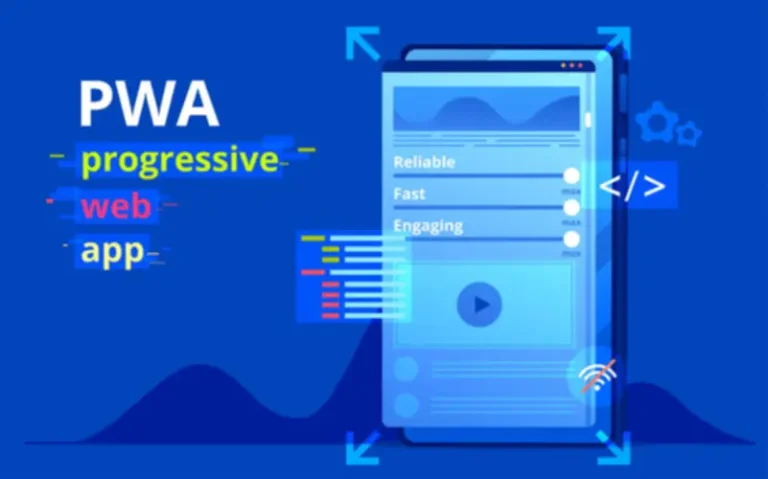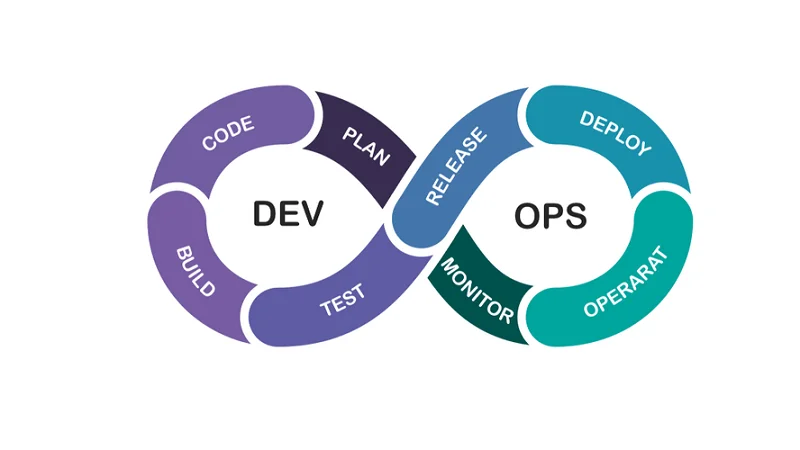What’s The Software Improvement Life Cycle Sdlc And How Does It Work?
For example, think about how an organization should predict what the gross sales of an innovative new product will be. Strives in technology also create alternatives for better communication. Product growth and management is changing into Software quality assurance more collaborative with cross-functional groups working together to convey products to market. New solutions are being developed to support this development that enable real-time instruments for strategic choices to be made immediately. These tools continue to make it easier for group members to work collectively seamlessly regardless of their location. Because completely different goods should move in from totally different suppliers throughout the entire lifecycle, product lifecycle administration can be often carefully associated to provide chain administration.
- This retains everyone using the identical toolset throughout the whole growth lifecycle.
- The global Electric Vehicles Market was value approximately $140 billion in 2019, the latest figures made available by Facts & Factors, which published a 175-page research report on the electrical car market.
- SDLC fashions are essential in the Software Development Life Cycle (SDLC).
- Although growth can still happen when a product hits maturity, a more mature firm with older merchandise could also be extra more likely to problem dividends than companies in the different phases.
- The SDLC creates a scientific construction and reusable framework to outline the assorted steps involved within the development of a system.
Advantages Of Product Lifecycle Management
This choice is decided by the software’s lifecycle and technological progress. Similar to a home-owner considering a renovation or promoting their home, the software would possibly require a complete revamp or phase-out to stay relevant and priceless. The Deployment section would not sign the tip, however quite a notable milestone. It signifies the shift from a project part to a product section, where the software program begins to fulfill its purpose. A comprehensive data base is available for environmental pollution, notably regarding the life cycle model plastics life cycle. It defines the organizational structure of the method, determines the sequence for mitigating potential risks, and comes up with solutions to handle challenges.
Why Is Project Life Cycle Management Important?

It’s important to notice that these models are not mutually unique, and development teams typically use a mixture of methodologies tailor-made to the project’s particular needs. Factors such as project requirements, finances, timeline, and suppleness decide the selection of an SDLC mannequin. The Planning part fosters effective communication and collaboration within the staff. By defining clear roles, responsibilities, and expectations, it lays a solid foundation for an efficient software development course of. In the validation phase, dynamic analysis strategies are used, encompassing practical testing and non-functional testing, achieved by way of code execution.
Software Program Development Life Cycle Models And Methodologies
Following the best practices and/or phases of SDLC ensures the method works in a easy, environment friendly, and productive way. It is used in shrink-wrap purposes and huge techniques which built-in small phases or segments. Also, can be utilized in a system that has separated components, for example, an ERP system. Which we will start with the price range module as a primary iteration after which we will begin with the stock module and so forth. It is used in massive applications and techniques which built-in small phases or segments. Get Jira free and take your project life cycle management to the following level.
Benefits And Challenges Of The Sdlc

This phase’s output is a Software Requirement Specification (SRS) – that defines useful and non-functional necessities used as references for the subsequent stage of a project – shall be drawn up. This model entails repetitive cycles of development, permitting for suggestions and improvement in every iteration. Phases are sometimes repeated until the ultimate product is achieved with success.
As the project manager, your job is to revive order when issues arise—this is the controlling side of this phase. In this phase, you’ll monitor project progress and make adjustments to make sure the project stays on monitor. This might mean providing staff members with new instruments, supplies, or sources. The project execution section is where you implement the project plan and complete the project deliverables.
Secondly, each phase within the life cycle has its identification criteria to be met for securing a green signal to step up towards the following stage. Hence, it makes sure there are no pointless obstructions or hold-ups as soon as your team is engaged on a selected process. In the development part, the precise software or utility will get built. With a visionary plan in place, it is time to proceed to the design part.
This ensures that, regardless of what stage a product is in, the corporate is prepared to procure, plan, collect, and distribute assets. PLM methods help organizations deal with the growing complexity and engineering challenges of developing new merchandise. While it shows chances of going through high risks, it could also result in high returns unexpectedly. This is a hindrance yet a possible favor for projects which might be small in scale and contain lots of experimentation. The massive bang growth lifecycle is ideal for merchandise in which requirements aren’t determined, and the release date is not given but. But frankly, the probability of project failure with this strategy is sort of high, making it a much less popular choice compared to different models.
Conversely, in the validation phase, dynamic evaluation occurs, checking whether or not the present section fulfills the desired necessities that users expect from the software software by executing the code. Waterfall methods have the benefit of being straightforward to know, nicely outlined and simple to verify in each part. However, the Waterfall model does not enable for the start of the subsequent phase till the previous one is completed, isn’t suitable for long-term projects and may get expensive if any modifications are needed.

The SDLC consists of multiple phases, with totally different specialists involved in every. Many phases are interdisciplinary and embody personnel from completely different specialties working together to maneuver the project to the subsequent phase and toward completion. After evaluating all the potential components, probably the most practical and logical design is chosen for growth. Product lifecycle administration requires in depth collaboration between departments across the whole life of a product. Provides a blueprint for constructing the system primarily based on specified design requirements.
Certain models — corresponding to Agile — work higher than others for tasks with unclear requirements. The main phases of SDLC embody Requirements, Design, Implementation (Coding), Testing, Deployment, and Maintenance. These phases characterize the levels a software project goes through from initiation to completion.
In this part, we will delve into the functions of the Spiral SDLC model. In this section, we are going to delve into the functions of the Iterative mannequin inside the SDLC mannequin. In this part, we are going to delve into the applications of the V-model within the SDLC model. In this part, we’ll study some sensible purposes of the Waterfall SDLC model.
With all their work in a single place, they can perceive how every task impacts the timeline and price range, allowing immediate adjustments to maintain the project moving forward. The platform handles the day-to-day calls for of executing advanced initiatives, permitting groups to give consideration to delivering work rather than battling spreadsheets and disjointed tools. Understanding how these stages work could make an enormous distinction to investors and, extra importantly, to enterprise homeowners. Many companies fail to get off the ground during the startup section because owners do not take sufficient time and rush by way of the method. Those who are well-prepared can journey the waves and higher navigate themselves through any challenges that will arise to success.
One key to success is knowing the project life cycle—a series of levels that a project goes via from begin to end. In business, a life cycle is a method to describe the start, growth and maturation, and eventual decline of a product or service. By understanding the sequence of occasions in a life cycle, companies could make higher monetary decisions. These steps include product development, market introduction, growth, maturity, and decline/stability, and in many ways, mirror the organic life cycle of a residing organism. Throughout their existence, organizations undergo various predictable stages, known as organizational life cycle. And how do managerial strategies and actions at critical points in an organization’s improvement decide organizational design and structure and whether or not it will succeed or even survive?
Transform Your Business With AI Software Development Solutions https://www.globalcloudteam.com/ — be successful, be the first!


